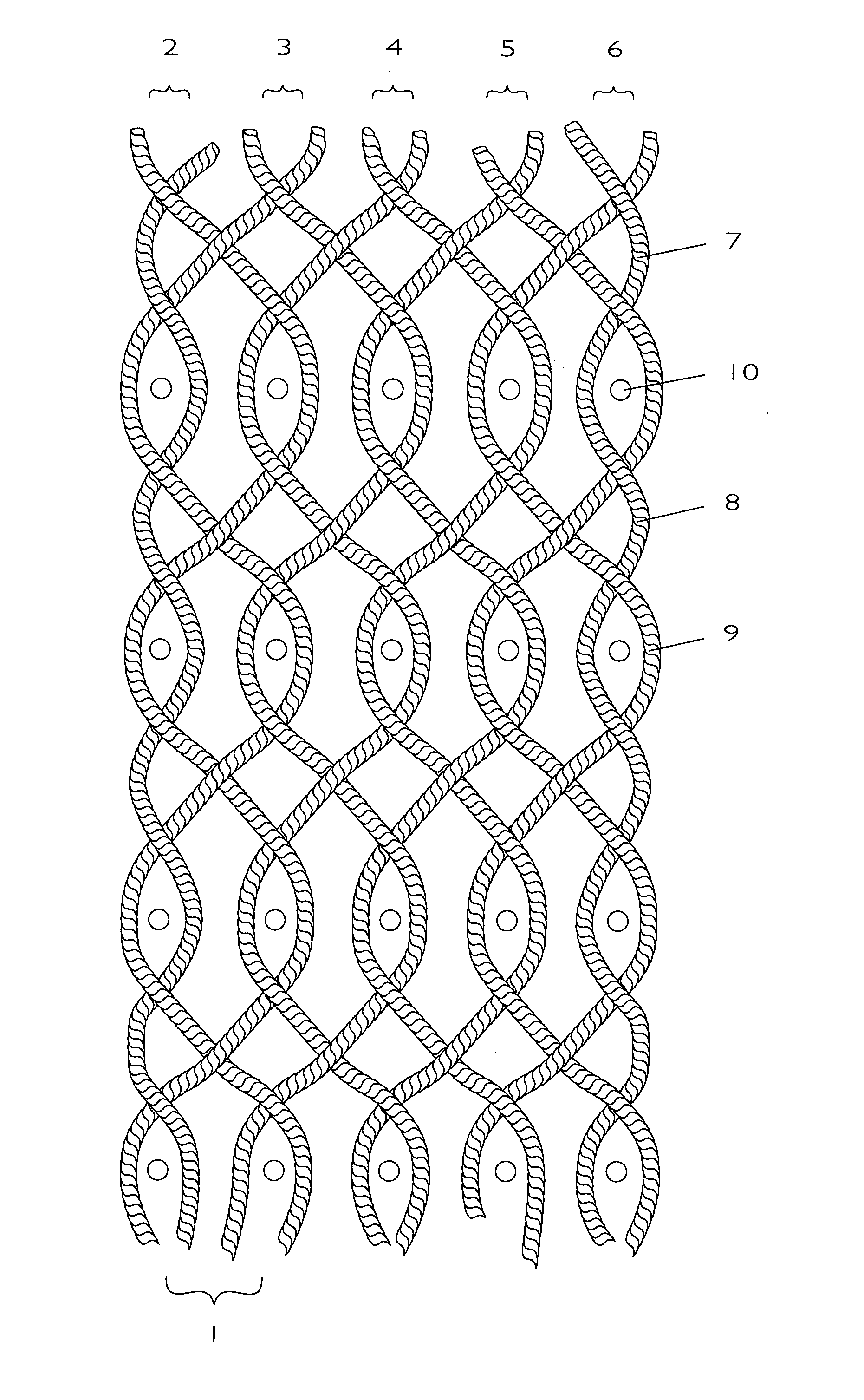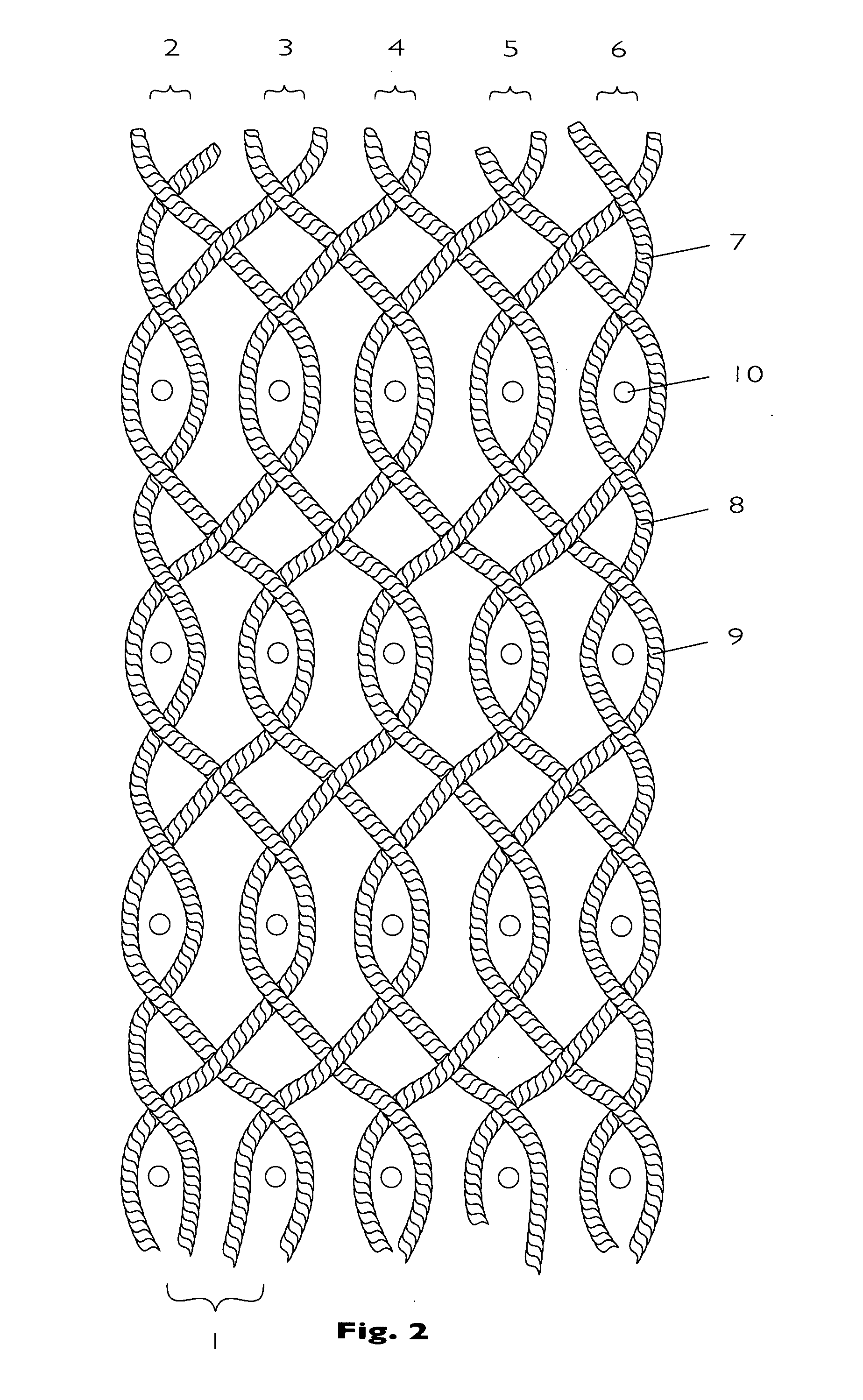Method for treatment of spider silk-filament for use as thread or a composition in the manufacture of cosmetic, medical, textile or industrial applications such as bio-artificial cell tissue or skin based on (recombinant) spider silk
a technology of spider silk and treatment method, which is applied in the field of treatment method of spider silk, can solve the problems of inability to harvest large quantities of spider silk (for industrial purposes), changes in mechanical properties of this silk, and inability to fully bio-compatible, etc., and achieves the effects of stimulating stem cell production, reducing pathological immune response, and prolonging growth
- Summary
- Abstract
- Description
- Claims
- Application Information
AI Technical Summary
Benefits of technology
Problems solved by technology
Method used
Image
Examples
example 1
[0090]Producing a stronger skin for plastic surgery: a human skin equivalent skin substitute based on spider silk thread can mean a significant advance, particularly for people with bedsores, war victims with large wounds, burn victims, etc.
example 2
[0091]Weaving two-dimensional scaffolds for tissue engineering, which can be used for both in vitro and in vivo purposes.
example 3
[0092]Weaving complex three-dimensional scaffolds, with different densities and textures, adjusted to a combination of one or more different cell types. These scaffolds may be used for in vitro research, and for the manufacture, repair and replacement of organs, blood vessels, artificial ligaments and tendons, etc.
PUM
| Property | Measurement | Unit |
|---|---|---|
| Concentration | aaaaa | aaaaa |
| Electrical resistance | aaaaa | aaaaa |
| Adhesion strength | aaaaa | aaaaa |
Abstract
Description
Claims
Application Information
 Login to View More
Login to View More - R&D
- Intellectual Property
- Life Sciences
- Materials
- Tech Scout
- Unparalleled Data Quality
- Higher Quality Content
- 60% Fewer Hallucinations
Browse by: Latest US Patents, China's latest patents, Technical Efficacy Thesaurus, Application Domain, Technology Topic, Popular Technical Reports.
© 2025 PatSnap. All rights reserved.Legal|Privacy policy|Modern Slavery Act Transparency Statement|Sitemap|About US| Contact US: help@patsnap.com



